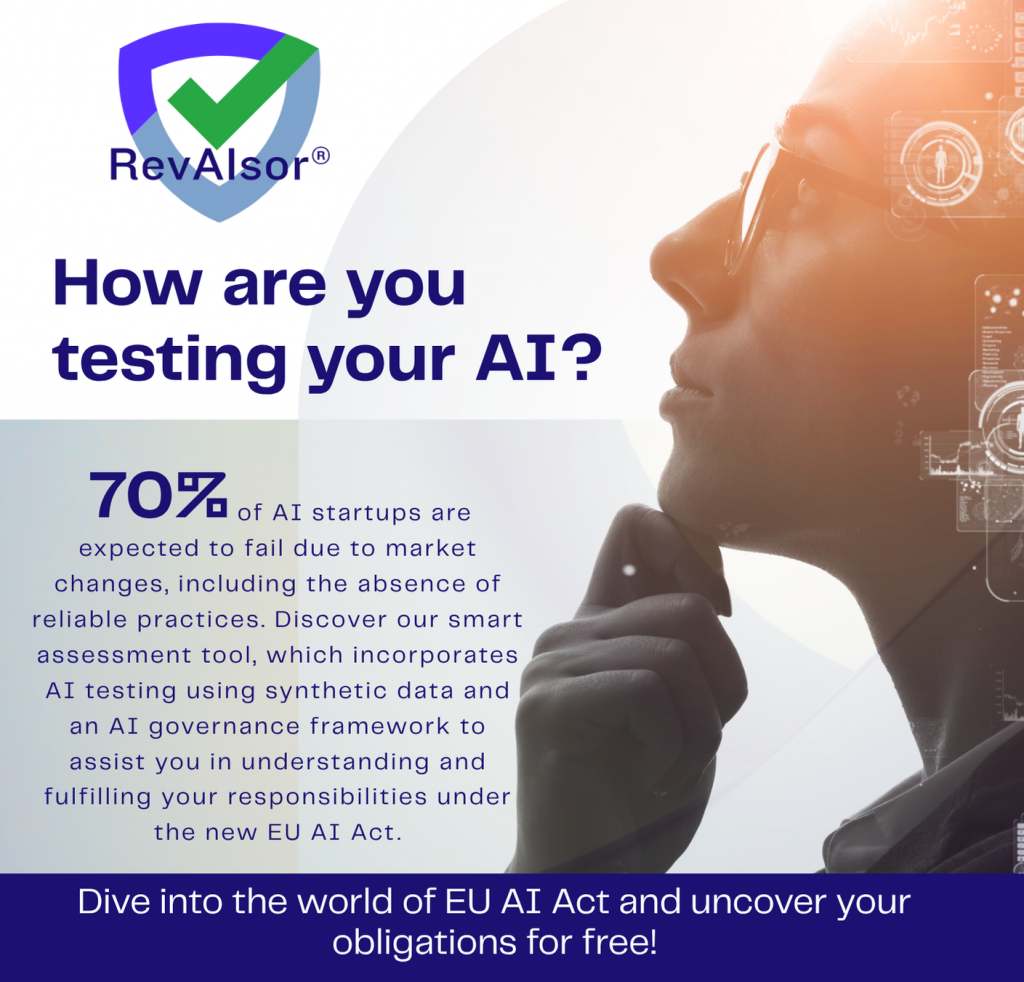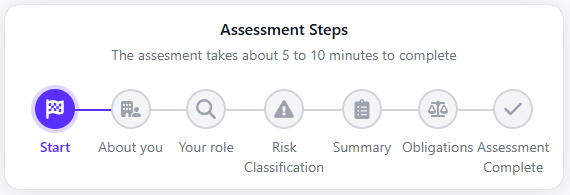In 2025, if someone asks you, “How are you testing your AI?”, they’re probably not just talking about bugs. They’re asking if you’re ready for the EU AI Act. Are you testing for compliance? For risk? All by yourself?
The stakes are sky-high. The Act isn’t just another piece of regulation; it completely redefines what it means to build and sell AI in Europe. Get it wrong, and you’re not just looking at hefty fines, but real damage to your reputation. The very first test your AI has to pass is figuring out where you stand.
The EU AI Act: A New Rulebook for Trust
Think of the EU AI Act as a new rulebook for building trust in AI. It’s the first of its kind, and its goal is simple: make sure AI systems are safe, transparent, and respect people’s rights. Instead of getting bogged down in the technology itself, it smartly sorts AI into four risk categories:
- Prohibited Risk: Stuff that’s just not on. Think government-run social scoring or AI designed to manipulate people. This is banned, full stop.
- High-Risk: This is where it gets serious. AI that could deeply impact someone’s life—their safety, their job, their rights—is allowed, but only if it meets a strict set of rules.
- Limited Risk: Things like chatbots. You just need to be upfront that people are talking to an AI.
- Minimal Risk: The vast majority of AI, like spam filters or video games. These are mostly left alone.
For anyone building or using AI, your first job is crystal clear: find out which box you’re in.
Why Is Everyone Talking About Financial Services?
So, why the special focus on finance? Because AI in banking and insurance has the power to make decisions that change your life. An algorithm could determine if you get a mortgage, the cost of your health insurance, or whether you can start that business you’ve been dreaming of.
That’s why the EU AI Act specifically calls out these use cases as high-risk:
- AI that decides your credit score or if you get a loan.
- AI that sets the price for your life or health insurance.
This isn’t just red tape. It’s about preventing real-world harm:
- Unfair Bias: If an AI learns from old data, it can easily pick up old biases. Suddenly, you could be denied a loan because of your postcode or gender, and no one can tell you why.
- Financial Gatekeeping: Bad data or a faulty algorithm can lock people out of the financial system, putting their biggest life goals on hold.
- The “Black Box” Problem: Ever been told ‘no’ without a good reason? That’s what happens when no one can explain an AI’s decision. It breaks trust and feels fundamentally unfair.
Beyond Code: Testing for Compliance and Trust
Building great AI is more than just writing clean code. The EU AI Act asks for proof that you’ve thought about trust and safety from every angle. This means you need to show you’re on top of:
- Your Data: Is it high-quality? Is it representative? Have you done everything you can to weed out bias?
- Your Performance: Does your AI work accurately and reliably, even when things get weird?
- Your Records: Can you show your work? You need good documentation and logs to prove you’re compliant.
- A Human in the Loop: Is there a way for a person to step in and override a bad decision?
This is where smart testing with things like high-quality synthetic data comes in. It lets you create perfectly balanced datasets to fight bias and dream up weird edge cases to make sure your AI is truly robust.
Your First Test: The Foundational Risk Assessment
So, before you dive into all that, you have to answer the big question first: what level of risk are we even talking about?
That’s your real starting line. It’s not a technical test, but a reality check against the law. Getting this right is the foundation for your entire compliance plan. A tool like RevAIsor makes this first step painless. It cuts through the legal jargon and helps you:
- Find Your Risk Level: Instantly see if your AI is low-risk, high-risk, or something else.
- Know Your Role: Figure out your exact responsibilities—are you a provider, a user?
- Get Your Action Plan: RevAIsor doesn’t just give you a label; it gives you a documented report. This isn’t just for your files; it’s your roadmap. It’s the proof you need for audits and the clear starting point for actually getting this stuff done.
Your First Step is Free
Getting your head around the EU AI Act can feel like a huge task, but your first step is surprisingly easy. Knowing where you stand is the most powerful thing you can do to turn confusion into a clear plan.
Why not find out right now? Start your AI compliance journey with our free assessment tool.
Sign up for a free trial of RevAIsor Trustworthy AI platform here and join the revolution of AI testing and compliance!



